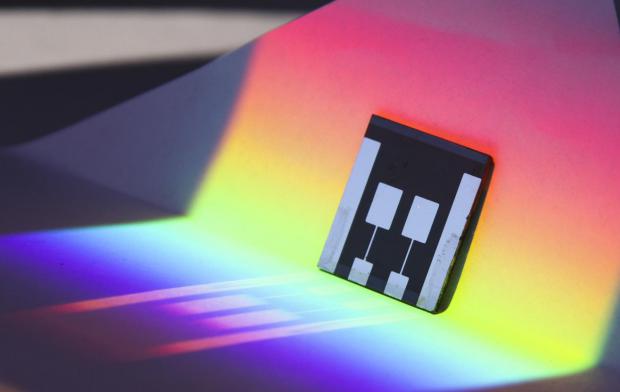
Breaking News
 BACKWARD ROLLING CONFIRMED: 1,624 Contracts Just Demanded Delivery NOW ($100 Silver is Inevitable)
BACKWARD ROLLING CONFIRMED: 1,624 Contracts Just Demanded Delivery NOW ($100 Silver is Inevitable)
SEMI-NEWS/SEMI-SATIRE: January 11, 2026 Edition
 "Appalling": Debanking Explodes To Record High In Britain
"Appalling": Debanking Explodes To Record High In Britain
 MTG explodes in astonishing f-bomb laden tirade as Trump orders Secret Service probe:
MTG explodes in astonishing f-bomb laden tirade as Trump orders Secret Service probe:
Top Tech News
 World's most powerful hypergravity machine is 1,900X stronger than Earth
World's most powerful hypergravity machine is 1,900X stronger than Earth
 New battery idea gets lots of power out of unusual sulfur chemistry
New battery idea gets lots of power out of unusual sulfur chemistry
 Anti-Aging Drug Regrows Knee Cartilage in Major Breakthrough That Could End Knee Replacements
Anti-Aging Drug Regrows Knee Cartilage in Major Breakthrough That Could End Knee Replacements
 Scientists say recent advances in Quantum Entanglement...
Scientists say recent advances in Quantum Entanglement...
 Solid-State Batteries Are In 'Trailblazer' Mode. What's Holding Them Up?
Solid-State Batteries Are In 'Trailblazer' Mode. What's Holding Them Up?
 US Farmers Began Using Chemical Fertilizer After WW2. Comfrey Is a Natural Super Fertilizer
US Farmers Began Using Chemical Fertilizer After WW2. Comfrey Is a Natural Super Fertilizer
 Kawasaki's four-legged robot-horse vehicle is going into production
Kawasaki's four-legged robot-horse vehicle is going into production
 The First Production All-Solid-State Battery Is Here, And It Promises 5-Minute Charging
The First Production All-Solid-State Battery Is Here, And It Promises 5-Minute Charging
 See inside the tech-topia cities billionaires are betting big on developing...
See inside the tech-topia cities billionaires are betting big on developing...
Progress towards next-generation solar cells

Solar cells are the building blocks of photovoltaic solar panels. They are made from light-absorbing materials that convert sunlight into electricity. Normally the light-absorbing material is silicon, which has an energy-intensive manufacturing process.
In the new study, scientists looked at solar cells made from materials known as perovskites. These can be produced cheaply from chemicals mixed into printable or sprayable ink, which then crystallises to form light-absorbing films.
However, perovskite films contain charged defects that are likely to impair their performance. Slow movement of these defects is thought to be responsible for a process known as hysteresis, which leads to irregularities in the efficiency with which light is converted to electrical current.
Light-generated electricity exits the solar cell in the form of electrons to be harnessed. This is done via 'contacts' that sandwich the light-absorbing film. Previously, scientists have managed to remove hysteresis by using more 'selective' contact materials that ensure a one-way flow of electrons out of the solar cell.
In theory, changing these contact materials shouldn't have any effect on the movement of the charged defects within the perovskite, so it has remained a mystery why this appeared to 'fix' the hysteresis problem.

 Storage doesn't get much cheaper than this
Storage doesn't get much cheaper than this

